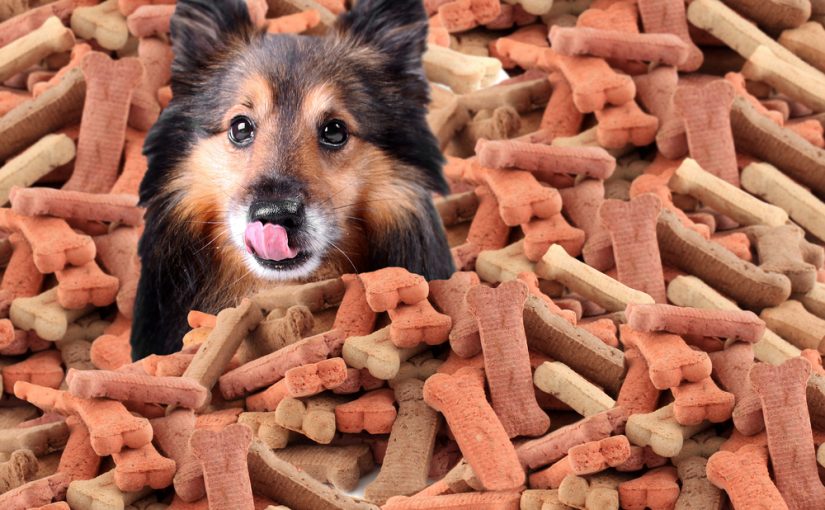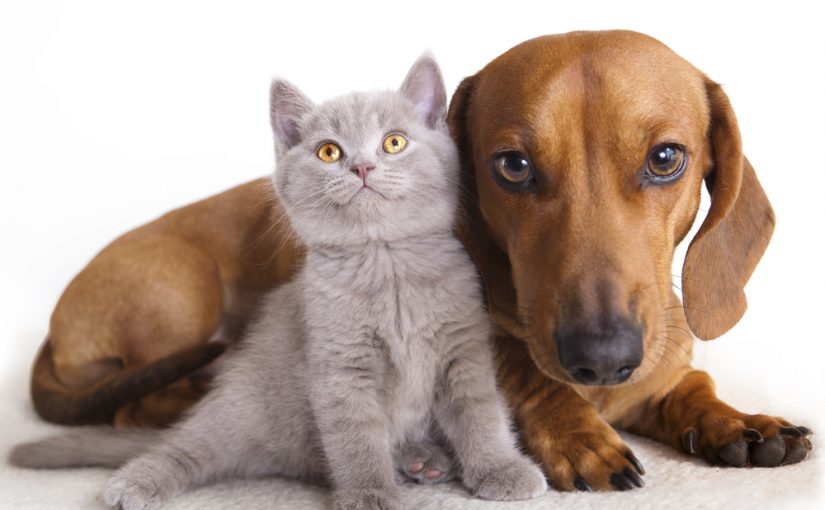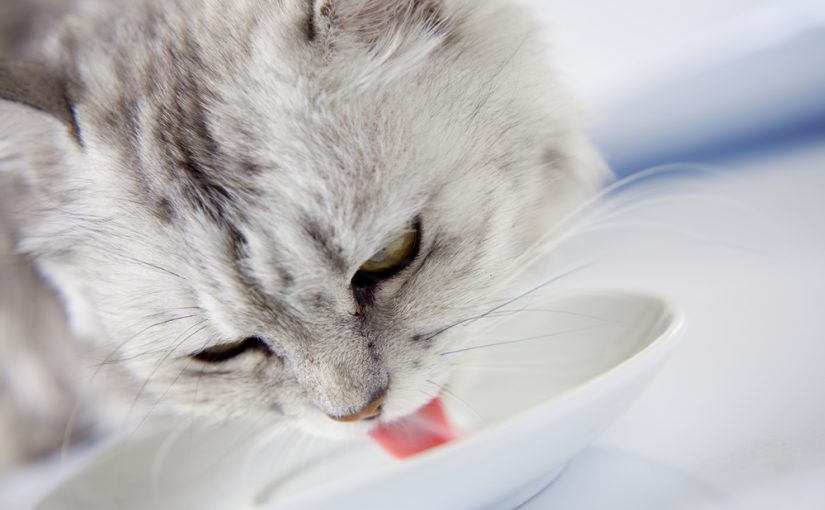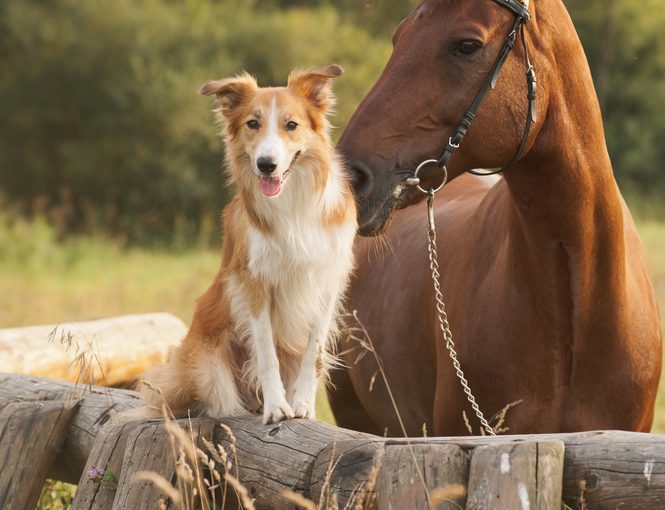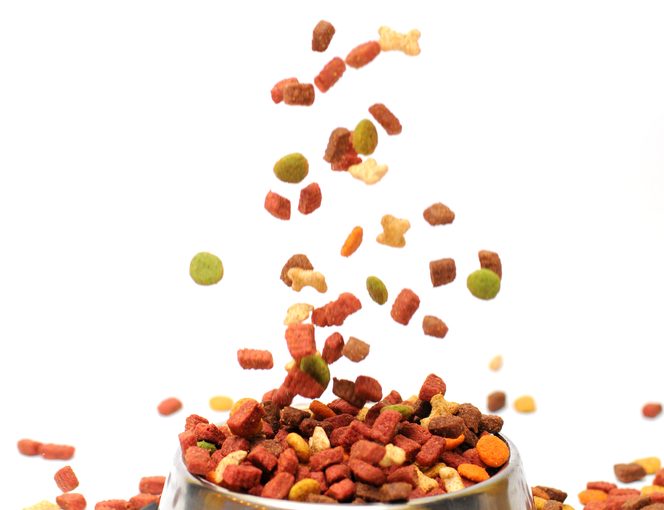Dog treats that contain egg products can be expensive and the ingredients are not always the best. As with human food, dog treats can be filled with preservatives, food coloring and a host of other things you really don’t want your dog eating. Making your dog treats at home not only guarantees you know what your dog is eating, but it can also be more cost effective.
Here are 3 recipes to get started.
Beefy Bones
½ ground beef uncooked
¼ cup chicken broth
1/3 cup mashed black beans
1/3 cup cottage cheese
1 tsp. soy sauce
Mix together the ground meat and the chicken broth in a bowl. Mix in the black beans and the cottage cheese. Next add the soy sauce. Blend all the ingredients together well. Shape the mixture into bone shapes and place them on a baking sheet. Bake the bones for 45 minutes at 375 degrees. Cool completely before serving.
Doggie Bacon Bits
6 slices cooked bacon crumbled
4 eggs beaten well
1/8 cup bacon fat
1 cup water
½ cup non-fat dry milk powder
2 cups graham flour
2 cups wheat germ
½ cup cornmeal
Combine ingredients together in a mixing bowl and mix well. Drop heaping tablespoon size drops on a greased baking sheet. Bake at 350 degrees for about 15 minutes. Turn the oven off and leave the baking sheet in the oven overnight so the treats dry out.
Peanut Butter Cupcakes
1 egg
¼ peanut butter
2 tbsp peanut butter
¼ vegetable oil
½ cup honey
1 cup carrots shredded
1 cup whole wheat flour
1 tsp baking soda
½ cup quick cooking oats
Preheat your oven to 350 degrees. Line a cupcake tray with paper cupcake liners. You will need 7. Mix together the egg, peanut butter, oil, honey and shredded carrot in a large mixing bowl. In a separate bowl mix together the flour, baking soda and oats. Combine the two bowls of ingredients into one bow and blend together well. Divide the mixture evenly among the cupcake papers. Bake for between 15 to 25 minutes. Don’t take them out until a toothpick comes out clean when inserted in one of the cups. The tops should be light golden brown. Remove the tray from the oven and allow the cupcakes to cool on a wire baking rack.
